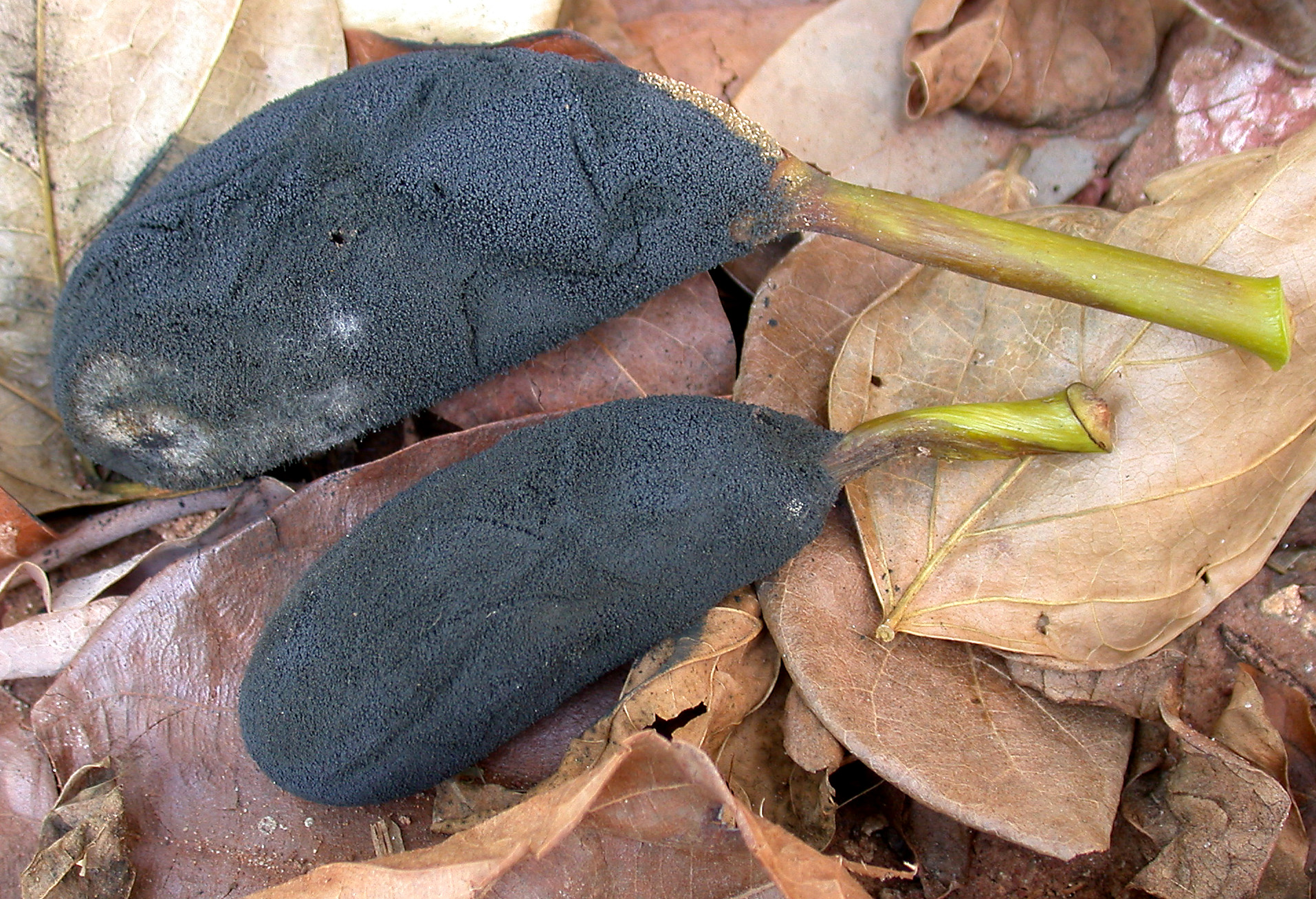
Leak (Rhizopus rot)
Rhizopus spp.
Also Known As - Rhizopus rot (Leak)What is Rhizopus rot (Rhizopus spp.)?
Rhizopus rot (Leak) is caused by Rhizopus fungi, primarily Rhizopus stolonifer. It affects fruits and vegetables like tomatoes, strawberries, peaches, and cucumbers. This post-harvest disease causes fruit to liquify and leak as temperatures rise. It can also occur pre-harvest, but post-harvest cases are often linked to improper storage temperatures. Furthermore, symptoms include water-soaked spots on fruits that quickly enlarge, leading to softening, browning, and leakage of fruit contents. In addition, fluffy white mycelium forms under high humidity, accompanied by the development of black sporangia containing spores.
How does Rhizopus rot (Rhizopus spp.) occur?
Rhizopus rot occurs when tiny fungal spores land on fruits or vegetables, especially if they have cuts or bruises. These spores grow and penetrate the fruit, causing it to decay. Warm and humid conditions help the fungi reproduce and spread. As the fungi multiply, the fruit softens, leaks, and develops characteristic symptoms of Rhizopus rot. The disease can be spread by wind and insects. To prevent it, it's important to handle and store produce carefully, avoiding injuries and maintaining proper temperature and humidity levels.
Symptoms
1 - Impacts on Plants
• Fruit Decay: Rhizopus rot causes rapid decay of infected fruits, leading to softening, leakage, and loss of market value. • Reduced Shelf Life: Infected fruits have a shorter shelf life, impacting storage and transportation.
2 - Impacts on Soil and Environment
• Organic Matter Decomposition: Rhizopus is a saprophytic fungus that helps break down decaying organic matter in the soil, contributing to nutrient recycling. • Disease Reservoir: Infected plant debris can serve as a source of inoculum, allowing the fungus to survive in the soil between crop seasons. • Fungal Competition: Rhizopus can compete with other beneficial fungi in the environment, potentially affecting natural fungal diversity.
Solutions
1 - Prevention
• Good Sanitation: Practice proper field and post-harvest sanitation to remove infected plant debris and minimize the presence of fungal inoculum. • Harvesting Practices: Handle fruits with care to avoid injuries that can provide entry points for the fungus. • Temperature Control: Store harvested fruits at optimal temperatures (around 34°F or 1°C) to prevent fungal growth and development.
2 - Cultural Practices
• Adequate Spacing: Ensure proper plant spacing to allow for good air circulation, reducing humidity and creating an unfavorable environment for Rhizopus growth. • Mulching: Use plastic mulch to prevent direct contact between fruits and soil, reducing the risk of infection. • Irrigation: Employ drip or furrow irrigation systems to keep foliage and fruits dry, minimizing conditions favorable for disease development.
